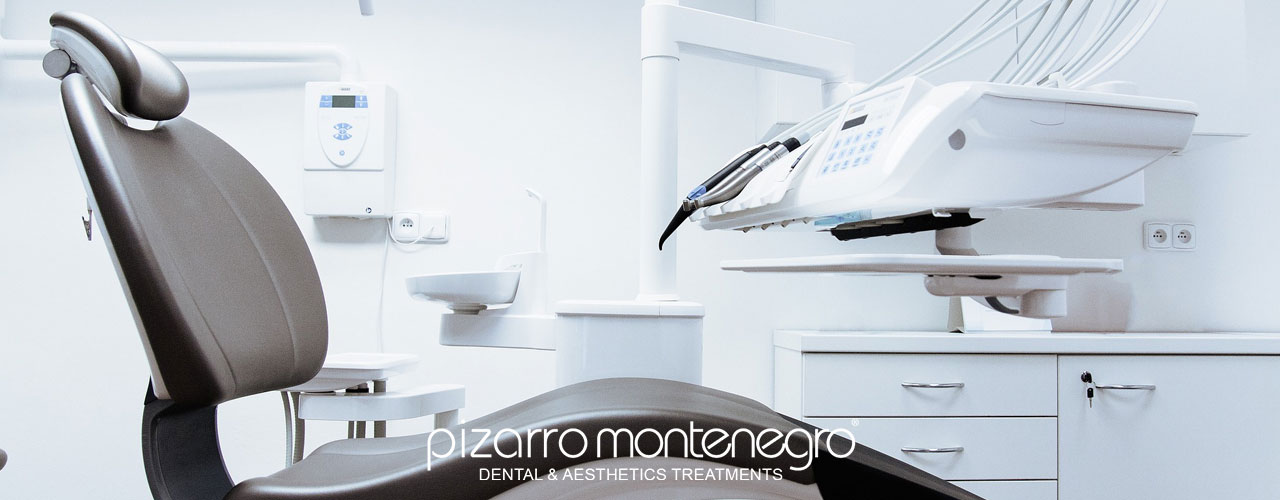Haptic Robotics in Dentistry: How Will It Change Your Visit to the Dentist?
Technology is advancing by leaps and bounds, and dentistry is no exception. One of the most promising developments in this field is the so-called haptic robotics, a tool that—although it may sound like science fiction—could become part of dental clinics in the not-so-distant future.
What is Haptic Robotics?
It is a system that allows dentists to remotely control tools while receiving real-time tactile feedback. In other words, the professional can “feel” what’s happening inside the patient’s mouth without directly touching it with their hands.
This is made possible by devices that simulate the sense of touch using small motors or sensors, replicating the resistance and texture of tissues. The system is known as bilateral haptic teleoperation, and it has already been tested in clinical simulation environments with remarkable results.
What Is It Used For?
One of the most interesting applications is in dental cleanings or minimally invasive treatments. Recent studies have shown that this type of technology allows work to be performed with millimeter-level precision, reducing errors and improving patient comfort.
Additionally, it can reduce dentist fatigue, as certain repetitive movements are carried out with robotic assistance—resulting in more efficient and safer procedures.

How Will It Change Your Experience as a Patient?
Although this technology is still in the experimental phase, its implementation could offer benefits such as:
- Faster and more precise treatments
- Less discomfort during procedures
- Minimally invasive interventions
- Increased safety in hard-to-reach areas
Imagine going to your appointment knowing that the procedure will be assisted by a robotic system capable of detecting the slightest movement, ensuring the highest quality results.
Are We Far from Seeing It in Clinics?
For now, these systems are being tested on simulators with artificial dental models, where their performance, reliability, and usability are being evaluated. The initial results are very promising, and it's expected that they will begin to be implemented in real clinical settings in the coming years.
Of course, like any medical innovation, it will need to overcome certain barriers: specialized training, adaptation of the clinical environment, and approval by health authorities.
In Summary
Haptic robotics represents a revolution in the dental field. It not only enhances professional precision but also promises to make dental visits more comfortable, safer, and more efficient.
At Clínica Dental Pizarro Montenegro, we are committed to the future of dentistry. We closely follow these advancements to always offer the very best to our patients.

 Elegir idioma
Elegir idioma  español
español 




